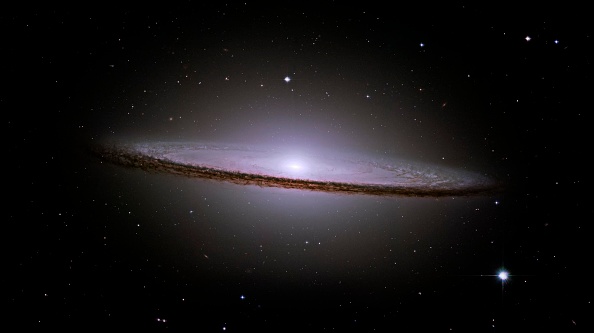The possibility of life outside our planet and the existence of aliens has always been an important topic of discussion. Scientists and researchers have found signs of life here and there, but they have never been decisive and strong enough to mark the presence of that life. Recently, there has been an eerie development reported in the space arena and people are getting more certain about the existence of aliens.
Astronomers were able to detect a strange and repetitive signal of a radio near the center of the milky way and it is something that has never been sensed before. The report has been published in arXiv that suggests that the signal is inconsistent. It was very high at one point and turned as low as non-existent at the other point.
The radio source was ASKAP J173608.2?321635 and it was detected by the Australian Square Kilometer Array Pathfinder (ASKAP) radio telescope. An ASKAP survey was taken between April 2019 and August 2020 where the strange signal appeared 13 times, never lasting in the sky for more than a few weeks. This radio source is massively variable, appearing and disappearing with no predictable schedule, and it did not appear in any other radio telescope data before the ASKAP survey.
The signal was played with the Chandra X-ray Observatory and the Neil Gehrels Swift Observatory, as well as the Visible and Infrared Survey Telescope for Astronomy in Chile. None of them were able to detect the signal. It seemed to be a ghost to them.
Pulsars and magnetars that are dead stars can be an unlikely explanation for this. Pulsars are, however, consistent with their sweeping lights and have intervals of weeks while magnetars have a powerful X-ray counterpart with each of their outbursts. So, they both do not check the entire boxes for the radio signal.
The closest it can be is to a galactic center radio transient (GCRT) which is a rapidly glowing radio source that brightens and decays near the Milky Way’s center, usually over the course of a few hours. Only three GCRTs have been confirmed till now but they appear and disappear faster than this signal does.
In case of this being a GCRT, more information changes the way things were known to the astronomers about it before.

